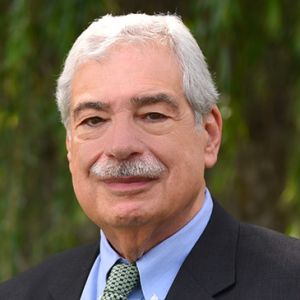ROME, N.Y. — The Air Force Research Laboratory (AFRL) Information Directorateannounced that its “Patent Wall” is growing with the addition of a new section displaying 27 additional U.S. patents, reflecting inventions by Air Force employees and mission partners in Command, Control, Communications, Computers, and Intelligence (C4I)technology areas.
The information directorate, based in Rome, is the nation’s premier research and development organization for C4I and cyber technologies.
“It is exciting to grow the lab’s intellectual-property portfolio, recognizing that the work we accomplish truly is the innovation tip of the spear,” Information Directorate Legal Director Lt. Col. Dean Korsak said in an AFRL news release. “Our workforce strives to empower our nation’s warfighters, ensuring they always have superior technology and information in every battlespace. Advanced technologies are essential for homeland defense and operations abroad. To that end, we continuously integrate new capabilities in current operations and have already licensed one of these patents to a small business to help grow the U.S. economy.”
(Sponsored)

4 Steps in IT Offboarding to Protect Data & Minimize Risk
When employees are laid off or let go, the conversation of technology offboarding can be an uncomfortable one. However, cybersecurity and data protection must be a priority. This can alleviate

The End of Non-Compete Agreements in New York?
Among the tidal wave of changes impacting employers, ranging from updated anti-harassment laws, restrictions on absenteeism policies and new pay transparency rules, New York is now poised to restrict the
Inventors on the recently granted patents are A. Matthew Smith, Laurent J. Njilla, Christopher T. Diggans, John W. Rooks, Kamal T. Jabbour, Erich D. Devendorf, Mark H. Linderman, Qing Wu, Elizabeth S. Bentley, William M. Pottenger, John J. Kelly, Jonathan Ashdown, Michael L. Fanto, Paul M. Alsing, Christopher C. Tison, David J. Legare, and other contributing inventors affiliated with AFRL.
Work done within the AFRL lab has contributed to significant advancements in modern communications, electronics, manufacturing, medical research, and products available to the public.
For example, the research lab developed micro-electrical-mechanical systems, or MEMS, a miniature machine with both mechanical and electronic components such as in smart–phone accelerometers and gyroscopes for smartphones–motion sensing.
The AFRL, with 40 other locations around the world, employs more than 12,500 people across nine technology areas.




